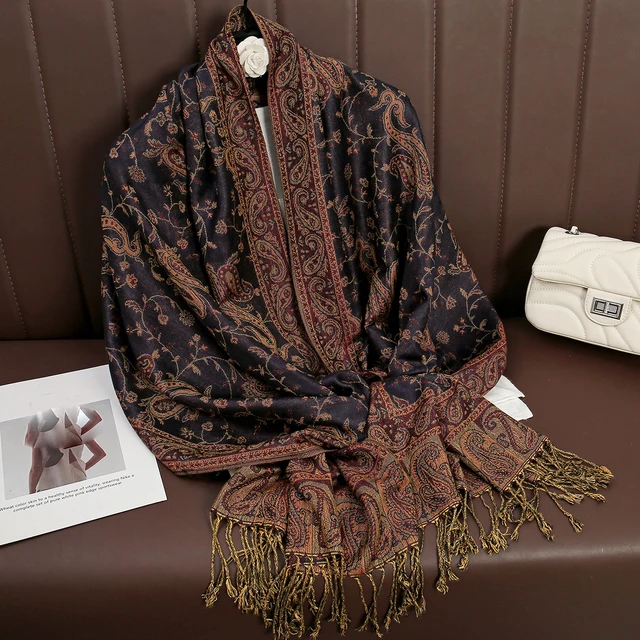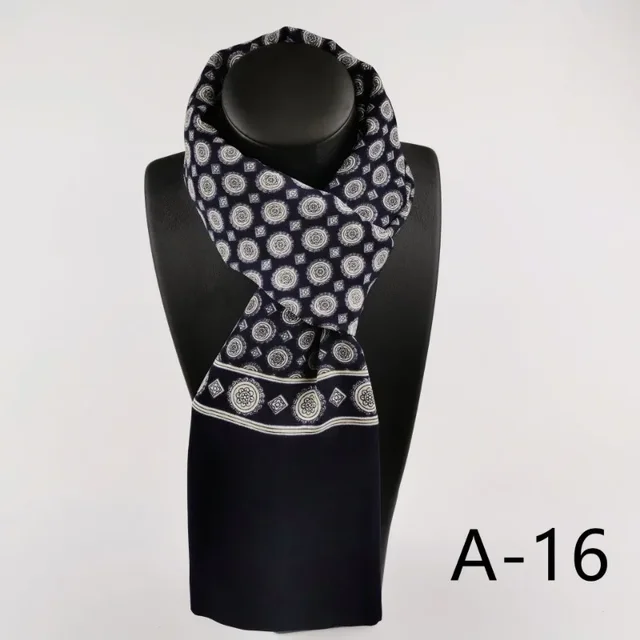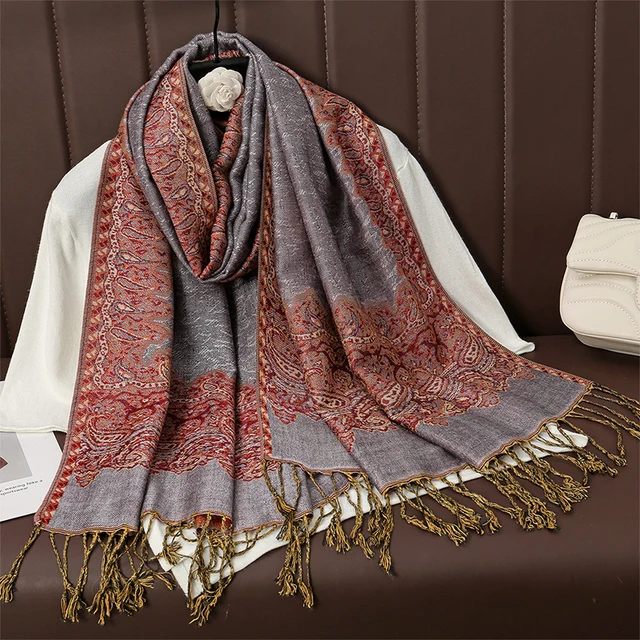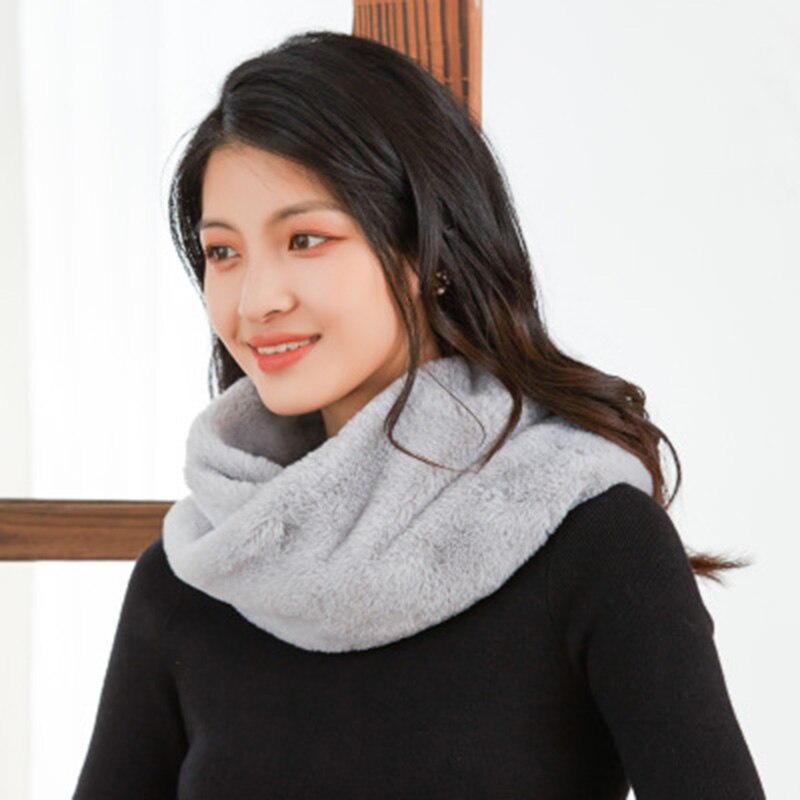
The holiday season is a time of celebration, joy, and style. As temperatures drop, a winter scarf becomes an essential accessory for staying warm while adding a festive touch to your outfit. Holiday winter scarves offer a perfect blend of functionality and flair, allowing you to embrace the season with both comfort and elegance.
In this guide, we’ll explore different types of holiday winter scarves, their unique features, and tips for choosing and styling them to enhance your festive wardrobe.
The Significance of Holiday Winter Scarves
Holiday winter scarves serve more than just a practical purpose—they enhance your seasonal style and contribute to the overall festive atmosphere. Here’s why they matter:
1. Warmth and Comfort
Holiday winter scarves provide essential warmth and comfort, shielding you from the cold and ensuring you stay cozy during seasonal festivities. They are designed to keep you comfortable, whether you’re attending a holiday party or enjoying outdoor winter activities.
2. Festive Style
Holiday scarves are available in a range of festive designs and patterns, allowing you to incorporate holiday cheer into your wardrobe. From classic patterns to sparkling embellishments, they add a touch of seasonal elegance to your look.
3. Versatility
Winter scarves are versatile accessories that can be styled in numerous ways. Whether you prefer a classic wrap, a chic loop, or a cozy drape, holiday scarves can adapt to different outfits and occasions, making them a valuable addition to your seasonal attire.
Types of Holiday Winter Scarves
Holiday winter scarves come in various styles and materials, each offering unique features and benefits. Here’s a look at some popular options:
1. Classic Wool Scarves
Wool scarves are a staple for winter warmth and style. They are perfect for everyday wear and holiday gatherings.
- Plaid Wool Scarves: Featuring traditional plaid patterns, these scarves add a classic and festive touch to your winter outfit. They pair well with both casual and formal attire.
- Solid Color Wool Scarves: For a more understated look, solid color wool scarves in seasonal hues like deep red, forest green, or navy blue provide warmth and elegance.
2. Luxurious Cashmere Scarves
Cashmere scarves offer exceptional softness and warmth, making them a luxurious choice for the holidays.
- Patterned Cashmere Scarves: These scarves come in festive patterns such as snowflakes, reindeer, or holiday motifs, adding a touch of charm to your seasonal look.
- Embellished Cashmere Scarves: For a more glamorous touch, embellished cashmere scarves with sequins or metallic threads provide a sparkling effect, perfect for holiday parties and celebrations.
3. Chunky Knit Scarves
Chunky knit scarves are ideal for a cozy and casual winter look. They offer extra warmth and a relaxed style.
- Cable Knit Scarves: Featuring a textured cable pattern, these scarves add a classic and cozy element to your winter wardrobe. They are perfect for casual outings and layering.
- Infinity Chunky Knit Scarves: The infinity design allows for easy styling, and the chunky knit provides both warmth and a stylish, contemporary look.
4. Faux Fur Scarves
Faux fur scarves add a touch of glamour and sophistication to your holiday attire. They are ideal for special occasions and festive events.
- Full Faux Fur Scarves: Luxuriously fluffy and warm, full faux fur scarves can be draped over your shoulders or wrapped around your neck for a chic, elegant look.
- Faux Fur Collars: Designed to be worn over coats or jackets, faux fur collars add a stylish and cozy touch to your outerwear, enhancing your holiday ensemble.
5. Festive Themed Scarves
Holiday-themed scarves are designed to bring seasonal cheer to your outfit.
- Christmas-Themed Scarves: Scarves featuring Christmas patterns such as trees, ornaments, or candy canes are perfect for embracing the holiday spirit and adding a playful element to your look.
- New Year’s Scarves: Scarves with designs related to New Year’s celebrations, such as stars, fireworks, or metallic accents, provide a festive touch for ringing in the new year.
Tips for Choosing and Styling Holiday Winter Scarves
Selecting the right holiday winter scarf involves considering both style and functionality. Here are some tips to help you make the best choice:
1. Consider the Occasion
Choose a scarf that suits the occasion. For formal holiday events, opt for elegant cashmere or faux fur scarves. For casual gatherings and everyday wear, classic wool or chunky knit scarves are ideal.
2. Match the Scarf to Your Outfit
Coordinate your scarf with your holiday wardrobe. Choose colors and patterns that complement your outerwear and other accessories. Consider matching your scarf with festive outfits or using it to add a pop of color to neutral ensembles.
3. Experiment with Styling
Holiday winter scarves can be styled in various ways. Experiment with different styles, such as classic wraps, loops, or drapes, to find what works best for you and enhances your look.
4. Select Quality Materials
Opt for high-quality materials that provide both warmth and comfort. Wool, cashmere, and faux fur are excellent choices for their softness and insulation properties. Consider the climate and your personal preferences when selecting materials.
5. Care for Your Scarf
Proper care will extend the life of your scarf. Follow the care instructions for the specific material, such as hand washing or dry cleaning. Store your scarf properly to maintain its appearance and avoid damage.
How to Incorporate Holiday Winter Scarves into Your Wardrobe
Holiday winter scarves can enhance your wardrobe in various ways. Here’s how to make the most of them:
1. Layering
Use scarves as part of your layering strategy to add both warmth and style. Pair a chunky knit scarf with a cozy sweater or a cashmere scarf with a tailored coat.
2. Accessorizing
Scarves can serve as a focal point or complementary accessory. Choose scarves with festive patterns or colors to make a statement, or opt for classic designs that enhance your overall look.
3. Holiday Parties
For holiday parties and celebrations, choose scarves that add a touch of glamour or festive cheer. Embellished cashmere or faux fur scarves are perfect for making a stylish entrance.
4. Outdoor Activities
For outdoor winter activities, select scarves that provide functional benefits, such as warmth and wind resistance. Pair them with other winter gear to stay comfortable and stylish.
Conclusion: Embrace the Festive Warmth and Style of Holiday Winter Scarves
Holiday winter scarves offer a perfect combination of warmth, style, and seasonal cheer. By exploring different types, materials, and styles, you can find the ideal scarf to complement your holiday wardrobe and enhance your seasonal celebrations.
Embrace the versatility of holiday winter scarves and enjoy their many benefits, from keeping warm on cold days to adding a festive touch to your holiday outfits.



